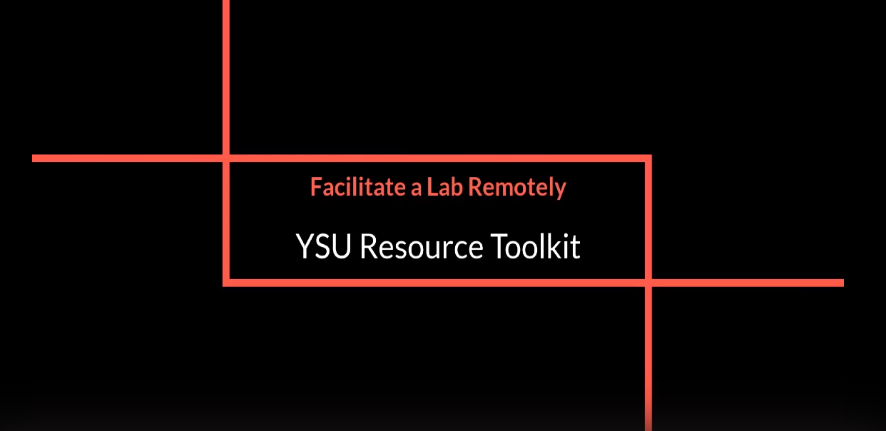- Students can observe astronomy and physics phenomena in their daily lives, without actually having to perform an experiment (e.g., rainbows in a glass of water, time and location of sunset) Students can use online simulations of physical phenomena. Many simulations allow you to adjust parameters and record data. There is research showing that students can actually learn more from a virtual lab than a physical lab (Finkelstein et al., 2005). Simulation sites available on PhysPort.
- Students can do an experiment with simple materials at home. Be aware that even materials you expect to be common may not be available to all of your students. Give options and be flexible. (And don't use dangerous materials!) See list of at-home experiments on PhysPort.
- Doing experiments at home may help your students more clearly make connections between ideas they learn in class and their everyday lives. At the same time, they may feel less "sophisticated" to students than labs using fancy equipment, so you may want to explicitly highlight the authentic scientific practices students are engaging in.
- If you want students to make measurements, think about what kinds of measuring tools they might have available. E.g., a ruler, a protractor
- Students can video their own experiment to share with you and their classmates.
- Students can watch a video of an experiment. This can be a video created by someone else, or you can record yourself (Blackboard Collaborate, WebEx Meetings and Teams (PDF Tutorial)) doing a simulation/experiment and emailing a WebEx link or posting the video in Microsoft Stream (PDF Tutorial).
- MERLOT Simulation Collection: Use the left side toolbar Audience filters to select college-level materials.
- LinkedIn Learning: Access with your YSU email address. (PDF Tutorial)
- Maag Library Video Streaming Services
- University of Indiana Virtual Microscopy Website
- MIT Video
- MIT OpenCourseWare
- Resource Site: Online Resources for Science Laboratories
- You can give students a dataset to analyze, or help them to find a dataset in the literature or preexisting raw datasets online.
I want to FACILITATE A LAB REMOTELY.

Click on the image above to view the video!
This video is a walkthrough of the strategies, technology, and resources found on this outcome webpage. It was recorded during the summer Resource Toolkit Workshop Series (July 2020). You can access the video using your YSU credentials. Please contact atkaufman@ysu.edu if you are unable to access the video.
Strubbe & McKagan (PhysPort, 2020) share strategies for moving labs online. This article is written through the lens of Physics, but the principles can be applied across disciplines.
Labs typically comprise a variety of components. Some components, like those listed below, can be moved online in a similar way to moving a lecture-based course online.
- Pre-lab and/or post-lab assignment - Can be shared and submitted via Blackboard; Can utilize Blackboard Collaborate Breakout Groups to facilitate group work
-
Come up with questions to investigate - Can be submitted via a Blackboard assignment or discussion board if you want collaboration; May also consider a live discussion via Webex of questions
-
Interpret data / create models / reflect on results - Can be submitted via a Blackboard assignment or discussion board if you want collaboration; May also consider a live discussion via Webex of questions
-
Write a lab report - Can be shared and submitted via Blackboard; Can utilize Blackboard Collaborate Breakout Groups to facilitate group work
-
Create a class presentation - Visit: I want my students to give an online presentation.
-
Give each other feedback on any of the above - Visit: I want my students to give an online presentation.
Other components require more redesign to transition to hybrid or online modalities. Suggestions for several components are listed below, all from the PhysPort article. Replicate the collaborative aspects of labs through Blackboard discussion boards (PDF Tutorial; Video Tutorial; Web Tutorial), Blackboard group discussion boards (Web Tutorial), or Blackboard Collaborate breakout groups (Web Tutorial).
